
Helm of Awe Permanent Vinyl Decal Aegishjalmr Runes Helm of Terror Sticker Decal in
Step 2: With a soft measuring tape or ruler measure the length from the heel to toe. Step 3: We recommend choose insole length = feet length + 5mm. Helm of Awe - Aegishjalmur - Norse Mythology Norse mythology is known for its many symbols. After all, runes themselves were sorts of symbols and were the favourite way of Viking communication.

Aegishjalmur, The Helm of Awe, Viking Symbol of Protection And Its Meaning
The Helm of Awe or The Helm of Terror (Old Norse: Ægishjálmr) is probably one of the most recognized Icelandic symbols, and according to Norse lore, anyone who wears this symbol in battle will be protected from harm. In this article, we will explore the origin of the Helm of Awe, I will dig into mythological and academic sources.
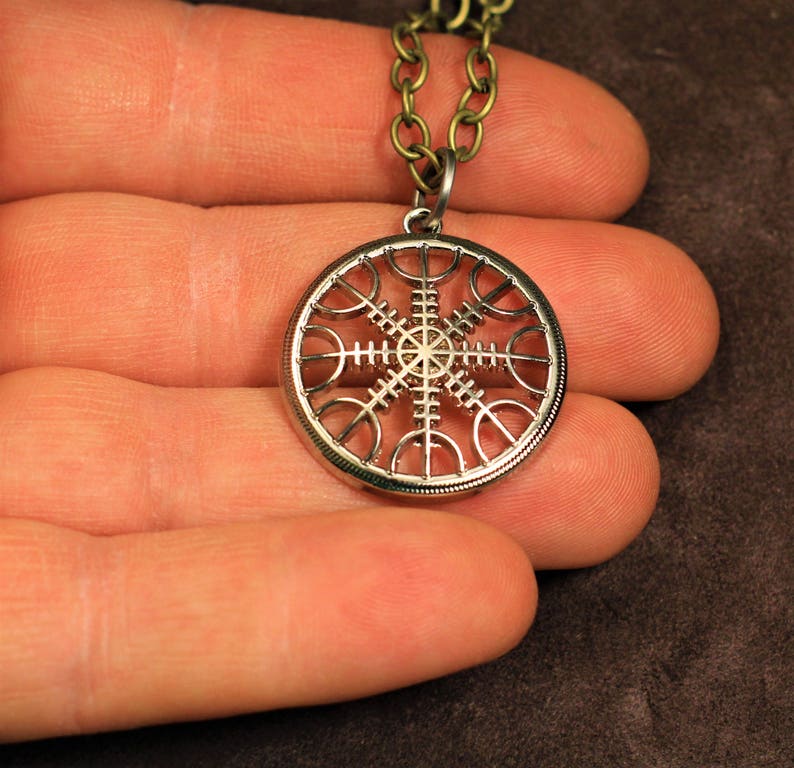
Ægishjálmur Helm of awe for invincibility in battle Etsy
It signifies a barrier or shield against potential threats. Awe and Terror: The 'Aegis' component, while translating to 'shield', carries connotations of both awe and terror in its protective capacity. In Old Norse contexts, shields were not just passive protective items but were also symbols of a warrior's might and presence on the battlefield.
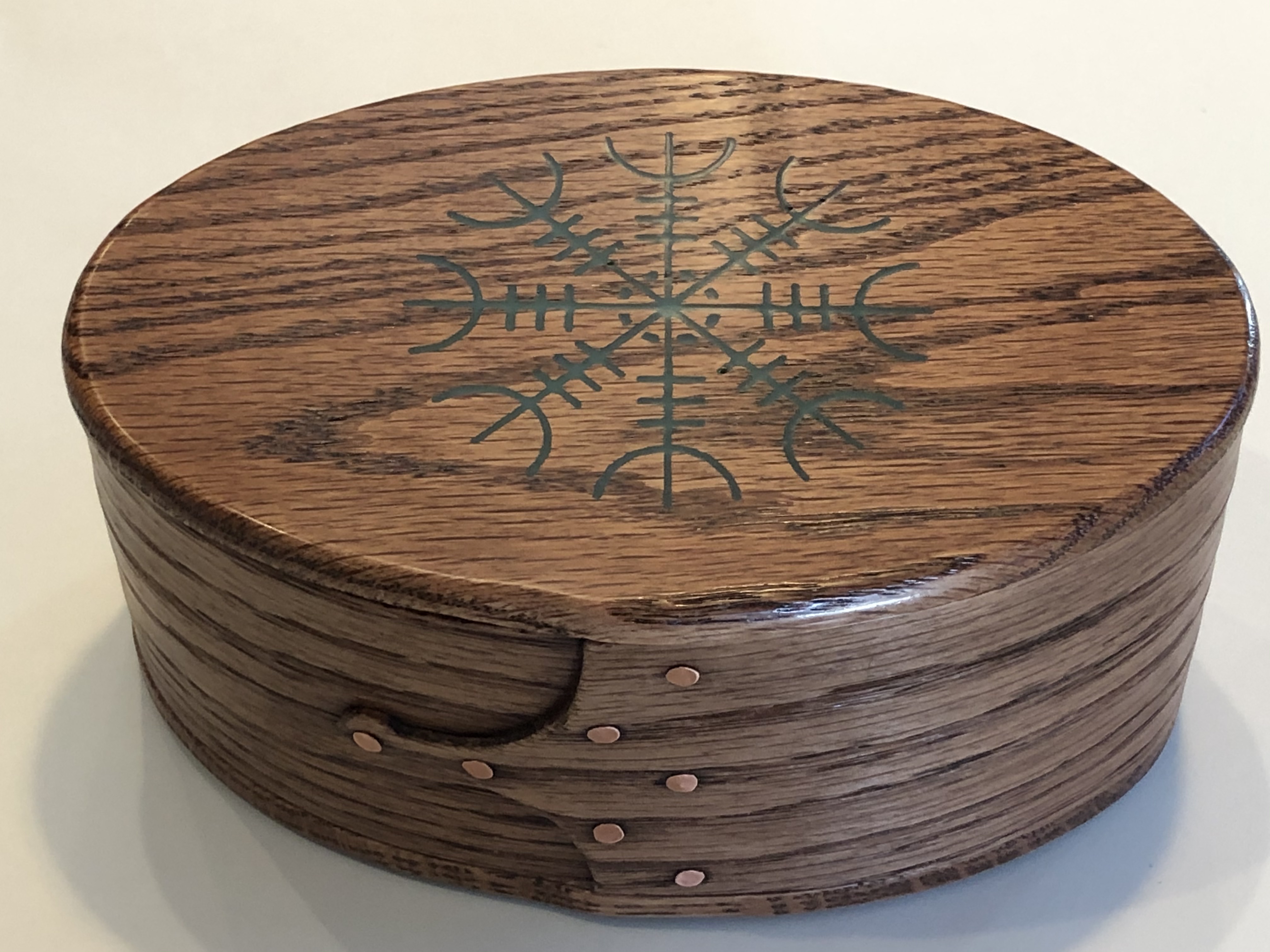
The Helm of Awe
The name Aegishjalmur translates to 'helm of awe' and is a famous symbol worn in Norse mythology. The 'helm' refers to the shape of the symbol, which can be made using two hands. If you extend your arms out, palms down, and place one hand on top of the other, this is the basic shape. This symbol was commonly used as a protective charm against.
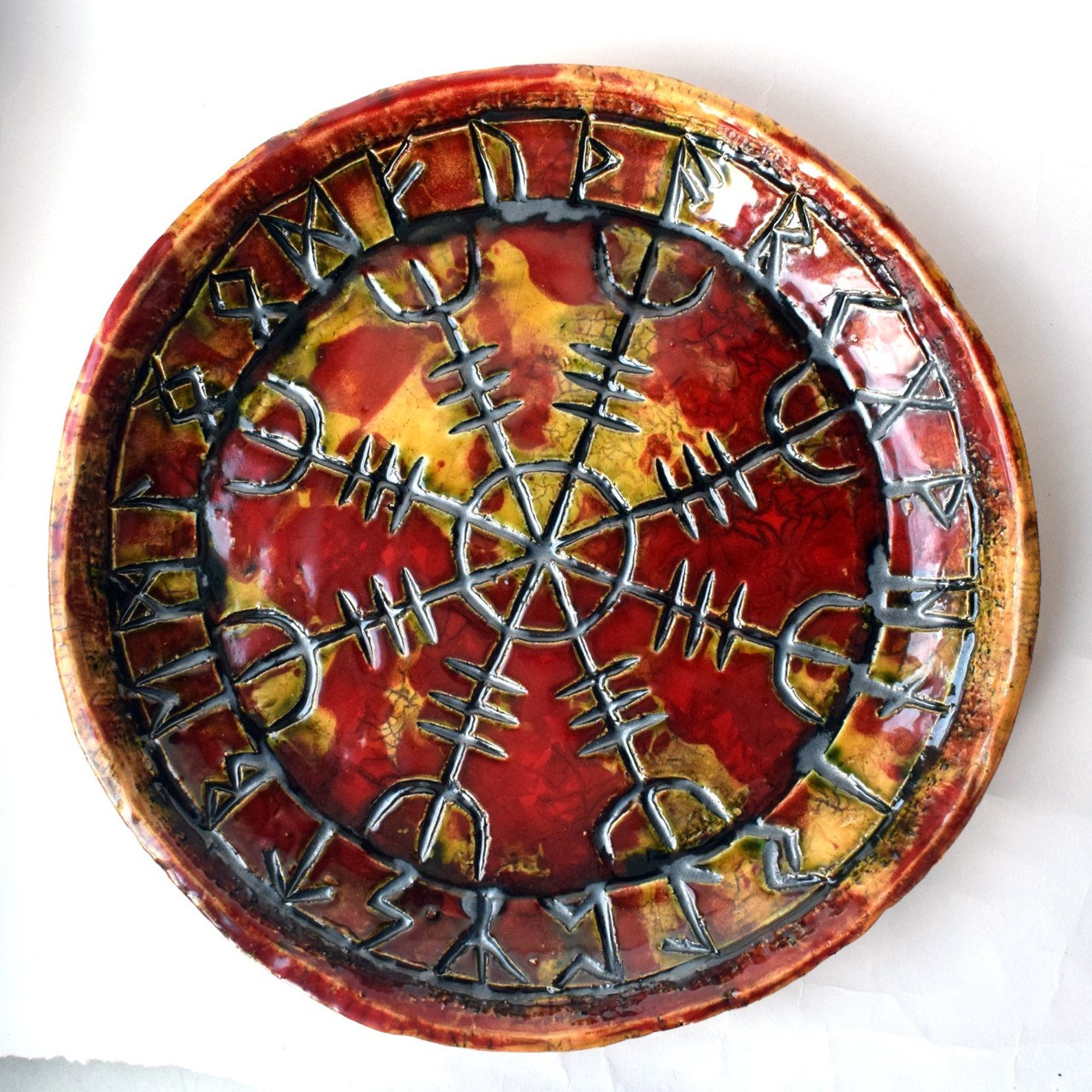
Helm of Awe Ægishjálmur Etsy
The Helm of Awe (Ægishjálmr in Old Norse) has no meaning by itself. Much more important for Viking culture is what it represents. It is probably the most powerful symbol in the entire Norse mythology. Its origins in the Viking mythology comes from Poetic Edda.
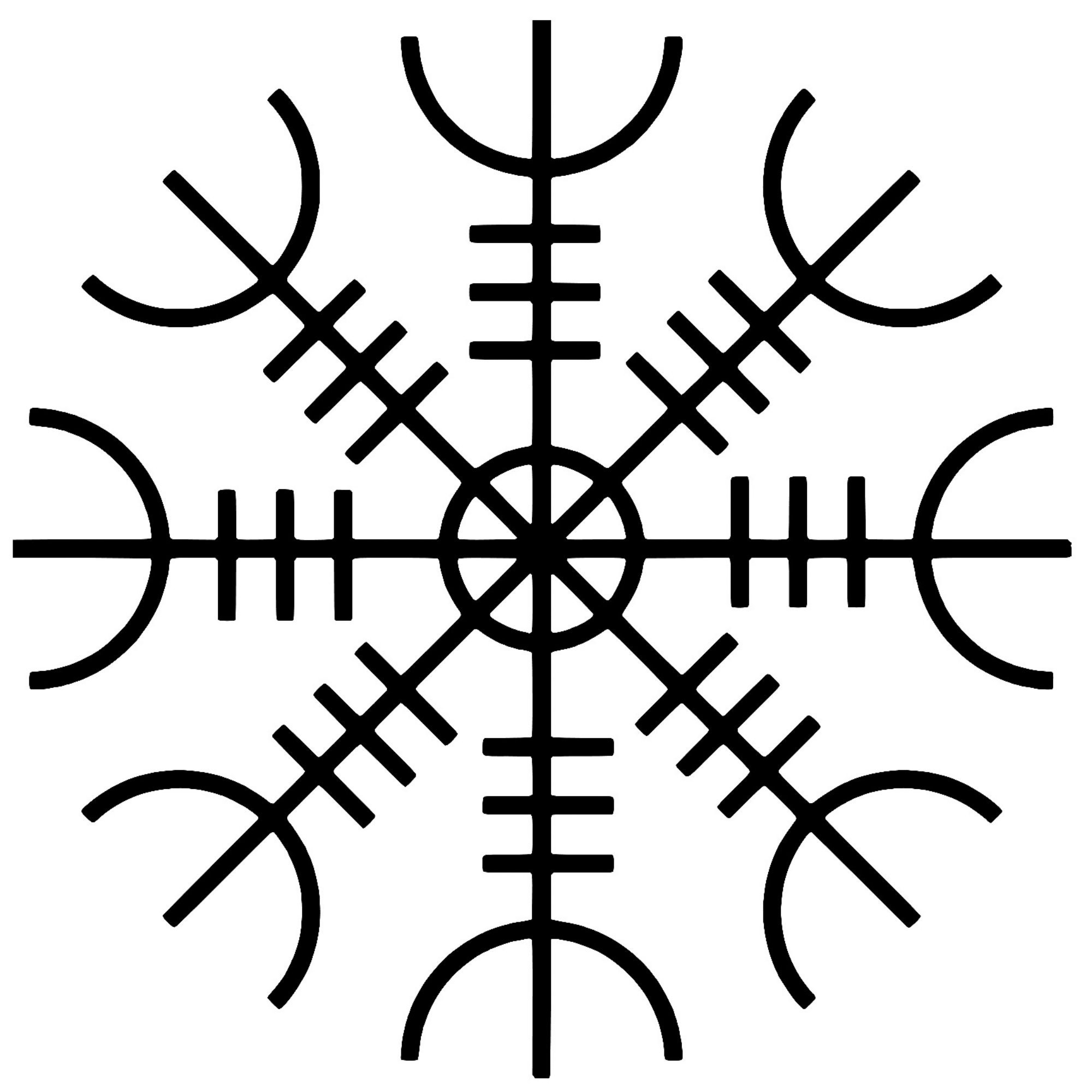
Helm of Awe DECAL Etsy
The Helm of Awe or Helm of Terror (Icelandic: Ægishjálmur, Old Norse Œgishjalmr) is an object in Norse mythology relating to the hoard protected by the worm Fáfnir and subsequently the name of a modern Icelandic magical stave . Medieval attestations of the object Völsunga saga
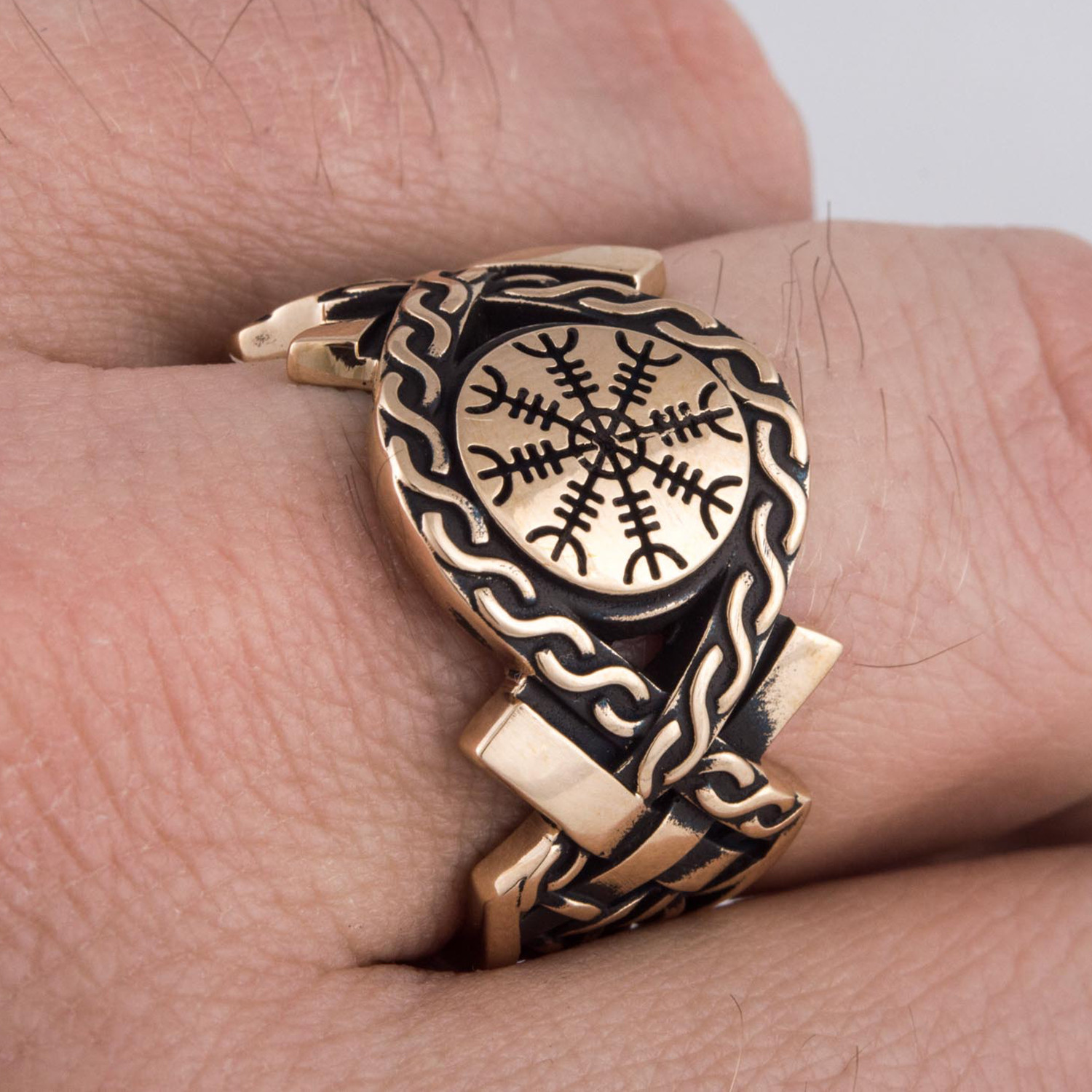
Bronze Viking Collection // Aarhus Adjustable + Helm of Awe (6) Viking Touch
The Aegishjalmur, also known as the Helm of Awe, has its roots in Norse mythology. The symbol represents a powerful protective talisman that instills fear in enemies, providing strength and protection to the wearer. The Aegishjalmur is believed to have been associated with the god Odin, who was revered for his wisdom and knowledge of magic.
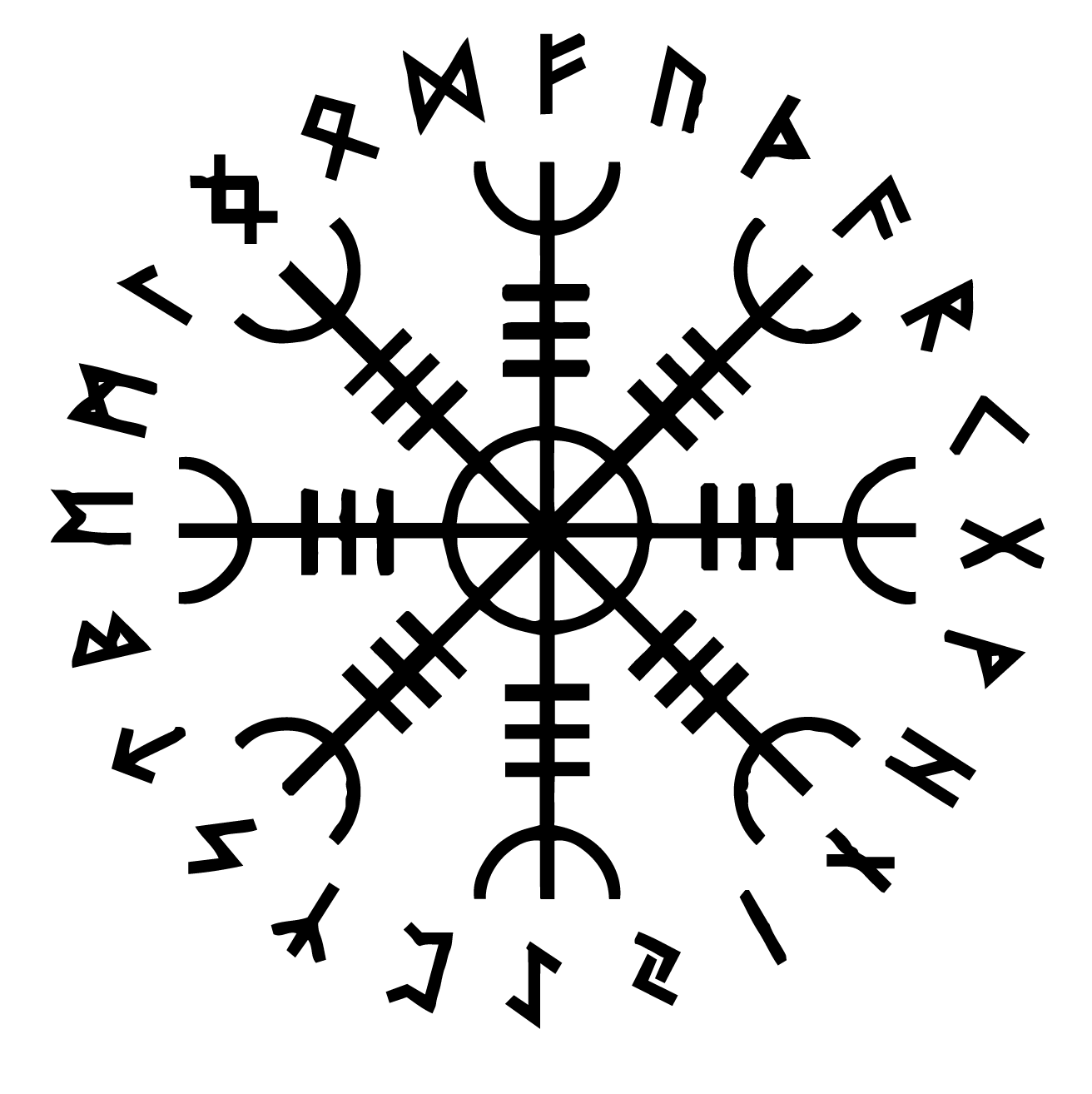
Aegishjalmr/Aegishjalmur, The Helm of Awe Symbol and Its Meaning
The Helm of Awe or Helm of Terror is symbolic of a "vague artifact" described in the ancient pages of Norse mythology that also functioned as a form of magic, spell, or incantation. (Dbh2ppa / Public domain) The Helm of Awe: Physical Object or Spell? One of the earliest references to the Helm of Awe seems to refer to it as a physical object.

Helm Of Awe Origin, History & Meaning in Norse Mythology
FAFNIR AND THE HELM OF AWE. The most famous user of the Helm of Awe was Fafnir. He was a dwarf, son of King Hreidmar. He, and all his family members, were sorcerers that also had the power to shapeshift. Fafnir's father was incredibly wealthy, and Fafnir, as the strongest of the kings three sons, was responsible for guarding the treasure.

The Helm of Awe or Helm of Terror (Icelandic Ægishjálmur, Old Norse Œgishjalmr) is an Icelandic
The Helm of Awe or Helm of Terror (Icelandic: Ægishjálmur, Old Norse Œgishjalmr) is an object in Norse mythology relating to the hoard protected by the worm Fáfnir and subsequently the name of a modern Icelandic magical stave. The modern Icelandic occult symbol that shares the name of the object in Norse mythology Oops something went wrong: 403

ÆGISHJÁLMUR 5 (Helm of Awe or Helm of Terror. To induce fear, protect the warrior, and prevail
The Helm of Awe, also known as Ægishjálmur, is a powerful symbol in Norse mythology. It is prominently mentioned in the Poetic Edda, a collection of Old Norse poems that date back to the 13th century. The exact origins of the Helm of Awe are unclear, but it is believed to have been used by warriors and seafarers as a protective symbol.

The Helm of Awe [Viking Symbol and Rune]
In the Poetic Edda, the Helm of Awe is mentioned when the shape-shifting dragon, Fafnir, claims to possess the power of invincibility that originates from the mysterious Helm of Awe symbol: The Helm of Awe. I wore before the sons of men. In defense of my treasure; Amongst all, I alone was strong,

Aegishjalmur, The Helm of Awe, Viking Symbol of Protection And Its Meaning
The Helm of Awe (Icelandic: Ægishjálmur ), a magical symbol (stave) recorded in an Icelandic manuscript in the 1600s.
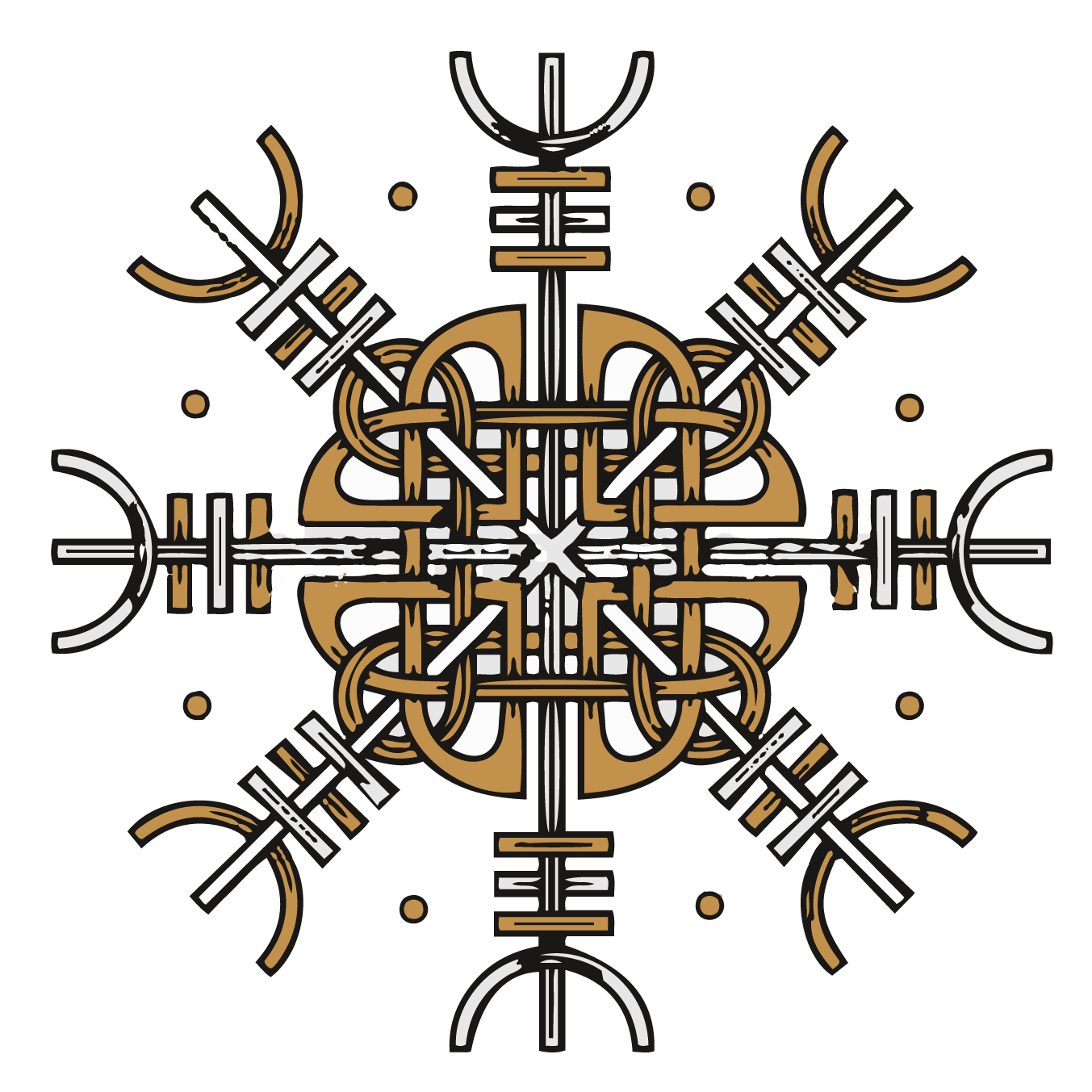
Aegishjalmr/Aegishjalmur, The Helm of Awe Symbol and Its Meaning
Aegishjalmur, also known as the Helm of Awe or Helm of Terror, is a powerful Icelandic magical stave that has been used for centuries. It is characterized by its unique design, consisting of an octagonal shape with eight radiating arms or tridents. The Helm's "arms" resemble Z-runes, often referred to as "Algiz" in modern times. Given.
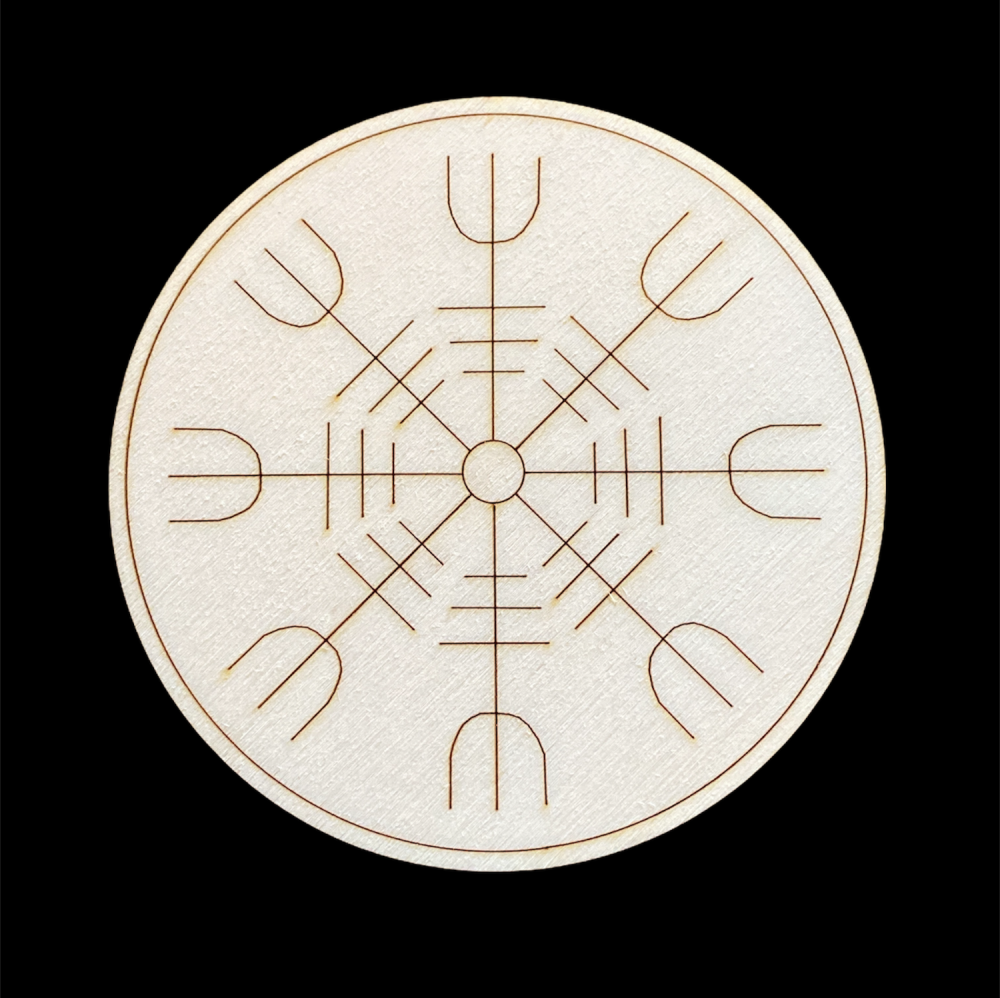
Helm of Awe Altar Tile Viking Protection symbol
The Helm of Awe ( Old Norse Ægishjálmr, pronounced "EYE-gis-hiowlm-er") is one of the most mysterious and powerful symbols in Norse mythology.

The Helm of Awe Know about the famous runic symbol
The Helm of Awe or Aegishjalmur is one of the popular runic symbols mentioned in 17th-century Icelandic grimoires (books of spells). It is also one of those Viking symbols that are often associated with the fortitude to overcome fears so warriors used it as a talisman. It was said to protect them during battles.